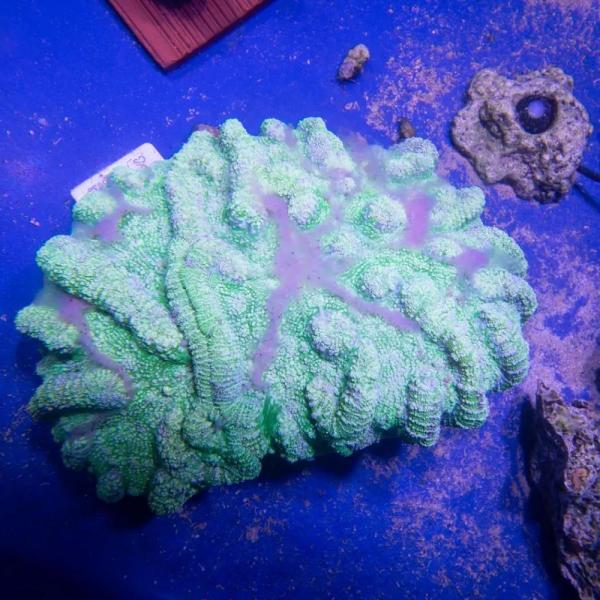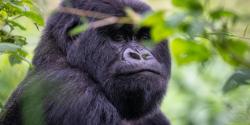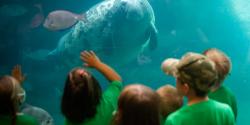Corals are a type of invertebrate, meaning they don’t have a backbone. There are thousands of different species of corals. Each coral consists of many tiny animals called polyps.
Corals can be categorized into two main types: soft and hard. Soft corals cannot build reefs, while hard corals, also known as stony corals, have tough structures and are responsible for creating reefs. Sadly, many hard corals that help build reefs are in danger.
At the Columbus Zoo, we’re dedicated to coral conservation, specifically through participation in the Association of Zoos and Aquariums' (AZA) Saving Animals from Extinction (SAFE) program and the support of the Florida Reef Tract Rescue Project.
Located in Shores and Aquarium
Scientific Name: Anthozoa
Conservation Status:
Size: Varies, depending on the species and whether they are reef-builders.
Weight: Varies, depending on the species and whether they are reef-builders.
Median Life Expectancy:









